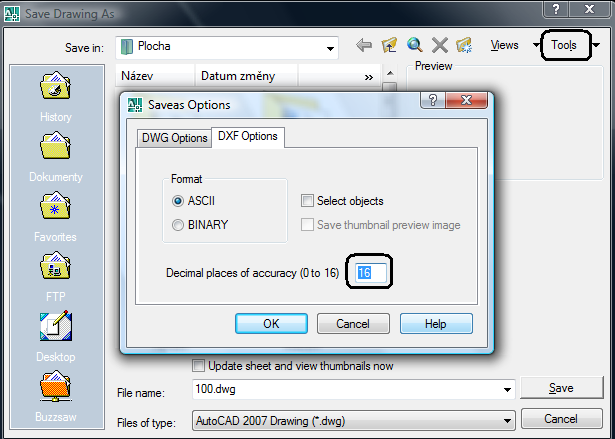

- Node output file autocad member full#
- Node output file autocad member code#
Some of the common set of codes are discussed below
Node output file autocad member code#
The APDL code system has a number of different codes that the users can memorize to speed up and streamline their workflow. Writing simple codes in ANSYS APDL Five common ANSYS APDL commands users should know Using APDL instead of the modern user-interface is said to give the users more power and control over each step of their simulation.

ANSYS APDL is a time-tested old-fashioned command-driven program that allows the user to input line by line codes one at a time and execute them on demand. It comprises of a wide array of different features such as matrix and vector operations, do-loop and if-then-else functions. APDL is commonly used to automate the task or even make a complete parametric model.
Five common ANSYS APDL commands users should knowĪNSYS APDL or ANSYS Parametric Design Language is the primary language used to commute with the Mechanical APDL solver. One of the most prominent design languages used by ANSYS is the APDL. I will conclude this first post with one of the simpler parts of the graph, the Folder for Exported DWGs - Directory Path node.Sohaib Alam What is ANSYS APDL and why it is still used today?ĪNSYS has several design languages that they incorporate for the vast number of simulation capabilities that ANSYS allows its users to have. The nodes at the left side of the graph that are in green-colored groups are the nodes that require user input. Kukul, for the code in the Python Script 1 node that extracts a list of the Views/Sheets in a View/Sheet Set. 4bimfercesp, for the line in the code in the Python Script 2 node that allows the user to specify whether Views on a Sheet should be merged into the exported sheet or exported as a separate file that is externally referenced into the exported Sheet file. See the same thread as the previous link. Andrea_Ghensi, for the code in the Python Script 2 node that allows the user to specify an existing DWG Export Setup for the export (as amended by Konran K Sobon). Konrad K Sobon, for the code in the Python Script 2 node that does the exporting, as well as for the advice given to Andrea_Ghensi in the same thread regarding code to have a specific DWG Export Setup used for the export. Before doing so, I would like to thank the following Community Forum contributors whose helpful responses to others' questions also helped me to complete this project. 
In the next few posts, I will go through the various sections of the graph, and, to the best of my ability, explain how each works, including the two Python Script nodes that do the heavy lifting. Dynamo will overwrite any files of the same name in the target folder, so previous versions need to be archived elsewhere if a record of all exports is required. With that information in hand, the user can make a project-specific copy of the Dynamo file, enter those three items in the appropriate nodes, save the file, and then run it whenever updated exports are needed.
Node output file autocad member full#
Identify the folder (with full path) where the exports are to be sent. 
(Create a new one if required by the project.) Get the name of the DWG Export Setup to be used for the export.Create a View/Sheet Set into which all of the Views and/or Sheets to be exported are placed.The end user has to do three things prior to using the graph:








 0 kommentar(er)
0 kommentar(er)
